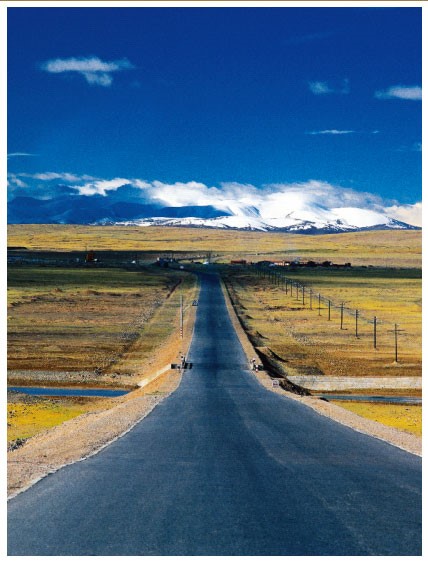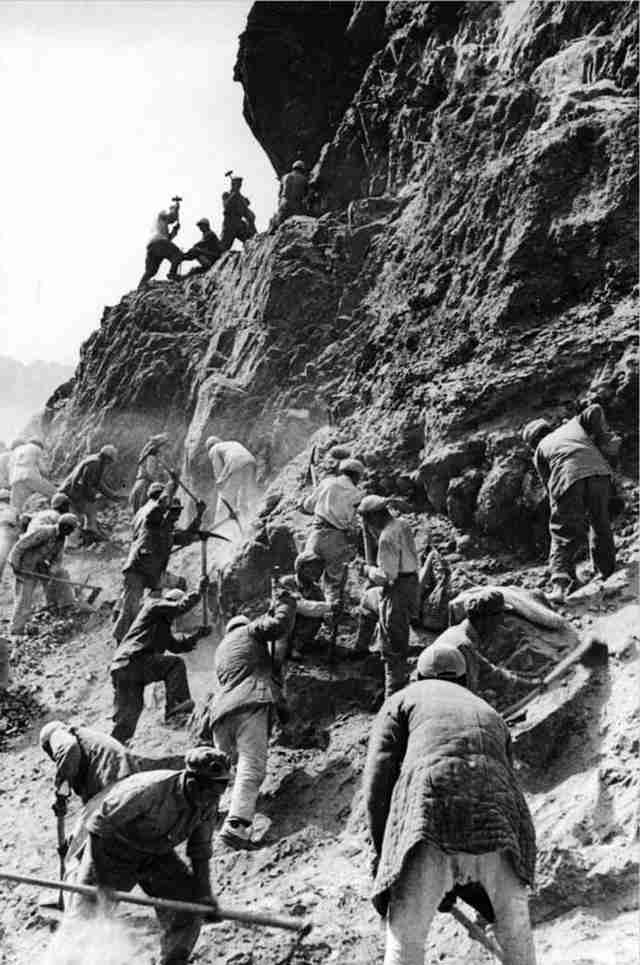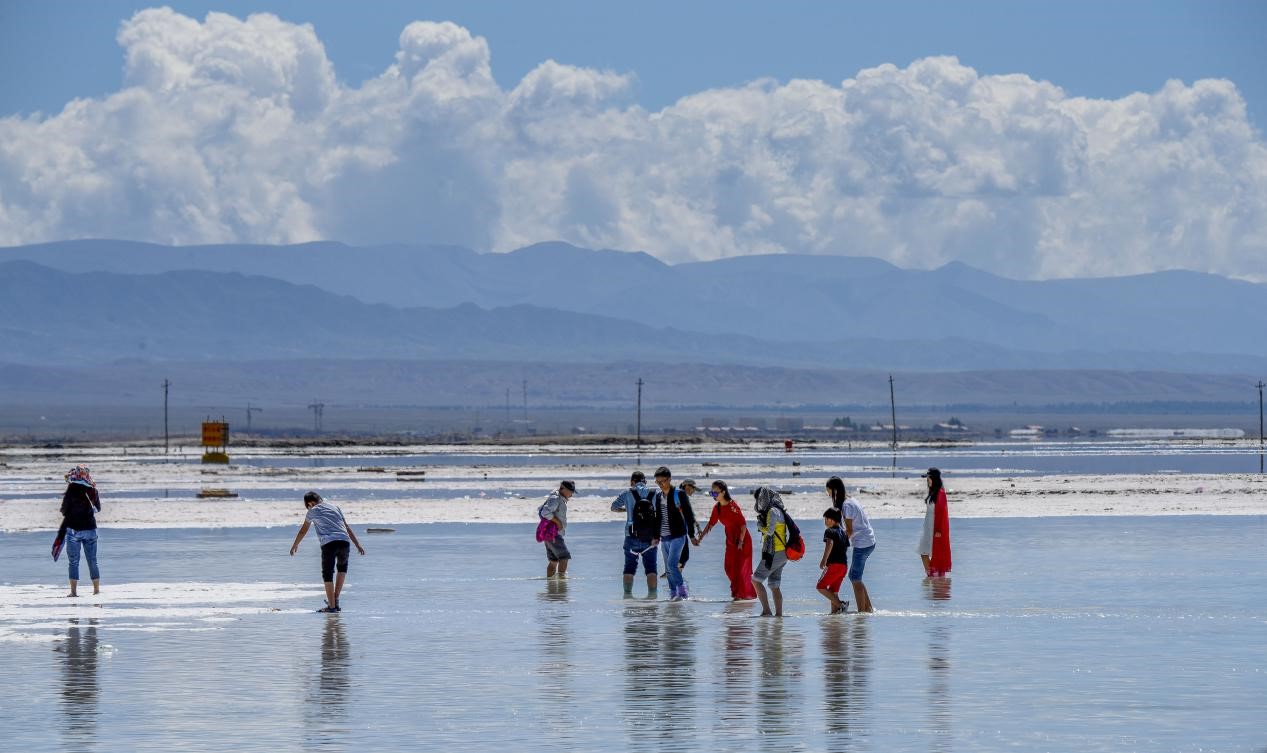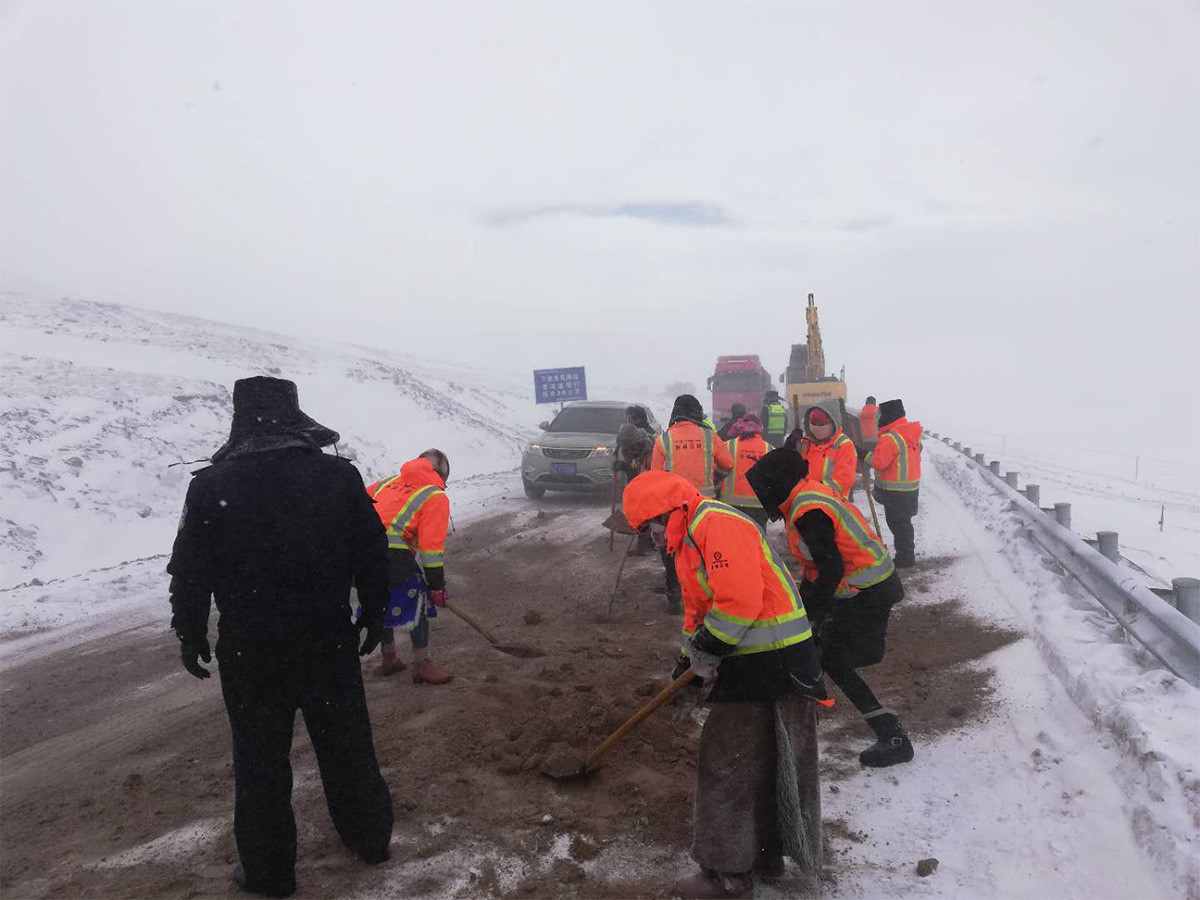




- BRNN
- BRI News
- BRNN News
- Database
Official Documents Polices and Regulations
Inter-government Documents International Cooperation BRI Countries
Business Guide Economic Data BRI Data
Trade
Investment Projects Latest projects
Cases - Content Pool
Driving along the Qinghai-Tibet Highway, an artery on the Tibetan Plateau known as “Roof of the World” in western China, one can enjoy the magnificent scenery of grasslands, salt lakes, Gobi desert, mountains and desert, and travel past the Qinghai Lake, Chaka Salt Lake, Kunlun Mountains, and other tourist destinations.
Impressive as it is, the construction of the highway was even more formidable and monumental.

Photo shows the Qinghai-Tibet Highway. (Photo/chinahighway.com)
In the 1950s, constructors fought their way through mountains and cliffs, plateaus and glaciers, as well as mud puddles and marshes, and completed the Golmud-Lhasa section of the Qinghai-Tibet Highway in just less than eight months.
In doing so, they created a miracle of building a highway on the Tibetan Plateau that has an average altitude of over 4,000 meters, and ended Tibet’s history of no modern highways.
The constructors of the Qinghai-Tibet Highway have made a remarkable achievement, and finished a splendid chapter in the history of the People's Republic of China.
Decades have passed since the highway was completed, but the challenges tackled by the constructors, as well as their extraordinary accomplishment will never be forgotten.

Photo shows the construction site of the Qinghai-Tibet Highway in the 1950s. (File photo)
More importantly, the trail blazing spirit of the constructors has been passed on from generation to generation, which is injecting strong impetus to the economic and social development of the regions along the highway.
Mohe camel farm in Ulan county, Haixi Mongolian and Tibetan autonomous prefecture of southwest China's Qinghai province witnessed how the Qinghai-Tibet Highway has boosted local development.
As the first state-run camel farm of China, the farm made huge contribution to the construction of the highway, and its workers left numerous footprints on desolate Gobi desert and vast snow-capped mountains to transport materials.
Last year, the camel farm registered an income of 8.67 million yuan ($1.34 million) from animal husbandry, and sold 500 tonnes of local mutton.

Tourists visit the Chaka Salt Lake, a scenic spot along the Qinghai-Tibet Highway. (Photo by Peng Huan/People’s Daily Online)
“The spirit of our former generations is encouraging us to surmount difficulties and strive for innovations,” said Zhang Cunhu, curator of a museum of the camel farm.
The spirit of the Qinghai-Tibet Highway constructors is generating infinite power, and it is indicated by the stories shared by Zhao Fuchang, a cadre in Bayin village, Ulan county.
“We will always remember the sacrifices made by the constructors, and to bring a better life to the local communities is the only way to delight them," Zhao told People's Daily.

Staff members of the road transportation administrative bureau responsible for the management of the Qinghai-Tibet Highway clear the highway in a storm. (Photo/zgjtb.com)
Under the support of the Communist Party of China (CPC) committees and governments at all levels, transportation, healthcare and farming problems of the Bayin villagers have been gradually solved since 2013.
Thirty-five households in Bayin village were relocated to a new site near the Chaka Salt Lake along the Qinghai-Tibet highway. Running agritainment facilities and tourism businesses, they made the resettlement area a well-off village. Last year, their per capita disposable income reached 17,000 yuan.

Tel:86-10-65368972, 86-10-65369967